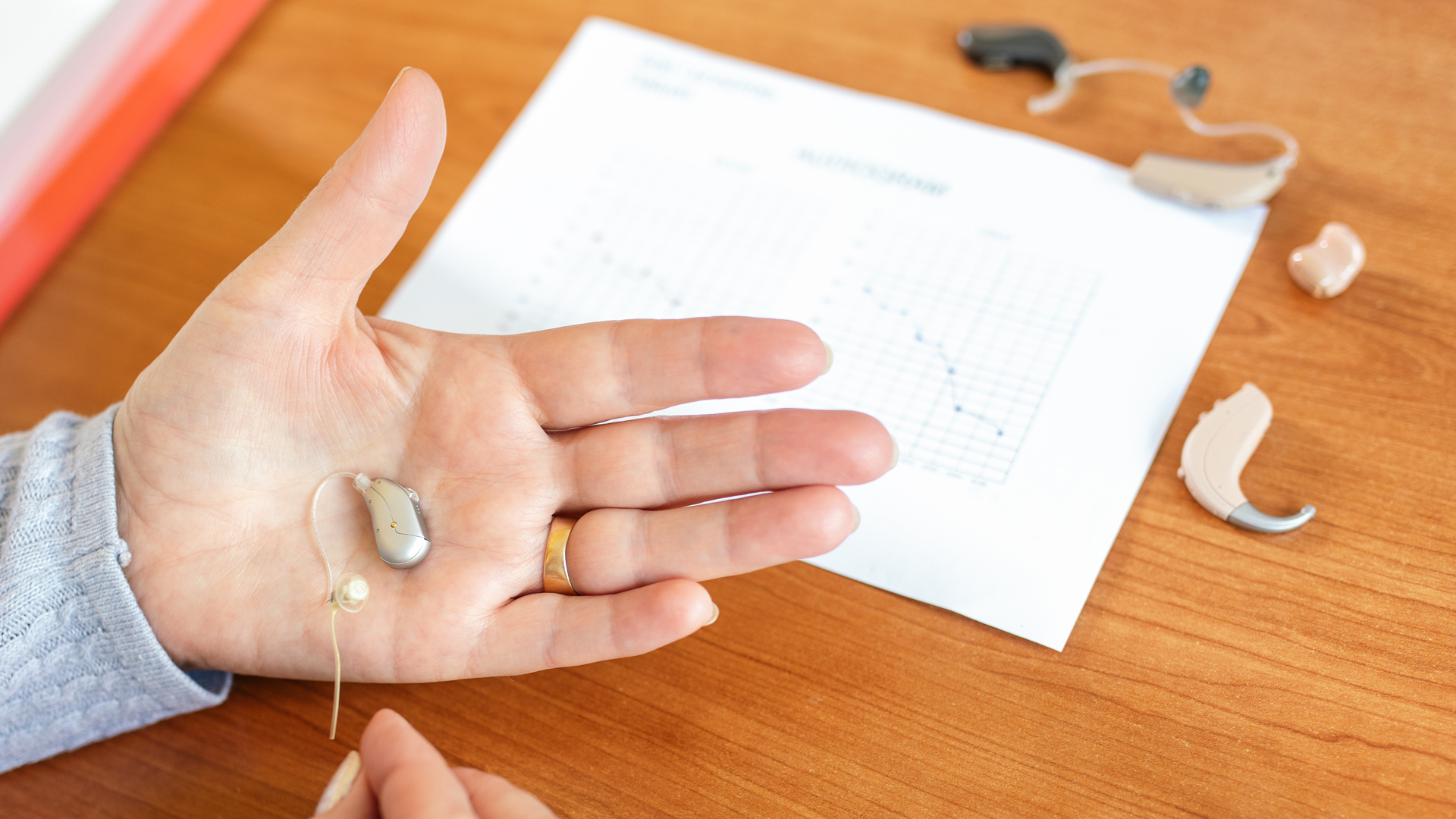A well-fitted hearing aid can significantly affect your ability to communicate effectively and engage fully in the world around you. In this guide, we’ll delve into the intricacies of hearing aid sizing and fitting, empowering you to make informed decisions for a personalized hearing experience.
How Do You Get Fitted for Hearing Aids?
To start the hearing aid fitting process, schedule an appointment with an audiologist to assess your hearing needs and preferences. In the first meeting, the audiologist will thoroughly examine your hearing, discussing your medical history and any challenges you experience in different listening environments.
This collaborative approach ensures that your unique requirements are considered, laying the foundation for a tailored fitting experience.
What Does A Hearing Aid Fitting Involve?
A hearing aid fitting comprises several essential stages, each designed to tailor the experience to your unique requirements:
- Comprehensive Hearing Assessment: The audiologist evaluates your hearing, identifying specific frequencies or pitches you may struggle with. This baseline assessment guides the customization of your hearing aids, ensuring they accurately address your specific hearing loss profile.
- Discussion of Lifestyle and Preferences: Understanding your daily activities helps tailor the hearing aids to your needs. If, for example, you enjoy outdoor activities or frequent noisy environments, this information ensures your hearing aids are optimized for those situations. This collaborative discussion ensures that your lifestyle is considered in selecting and customizing your hearing aids.
- Impressions of Ear Canal: Precise molds are taken to ensure a snug fit for maximum comfort and effectiveness. This step is critical in preventing discomfort and maximizing the efficiency of your hearing aids. The audiologist’s expertise in creating accurate molds contributes to the overall comfort and performance of the devices.
- Programming and Calibration: The audiologist customizes the hearing aid settings based on your hearing test results and personal preferences. This personalized programming ensures hearing aids address your specific hearing loss profile. During this stage, the audiologist fine-tunes the devices to optimize speech clarity and sound quality according to your preferences.
- Instruction and Training: Learn how to insert, remove, and care for your hearing aids. Get familiar with adjusting settings for various environments. The audiologist will provide thorough training to ensure you feel confident in managing your new devices. This hands-on training equips you with the skills to handle and maintain your hearing aids independently, enhancing your overall experience.

Hearing Aid Sizes
Hearing aids come in diverse sizes, each catering to different hearing loss levels and preferences. The main types include:
- Behind-the-Ear (BTE): Rests comfortably behind the ear, suitable for various hearing losses. BTE models often offer additional features and larger batteries for longer usage.
- In-the-Ear (ITE): Fits entirely within the outer ear, providing a more discreet option. ITE models are custom-made to fit the shape of your ear for enhanced comfort.
- In-the-Canal (ITC): Sits partly in the ear canal, balancing visibility and cosmetic appeal. ITC models are slightly less visible while still accommodating a range of hearing losses.
- Completely-in-the-Canal (CIC): Virtually invisible, fitting entirely inside the ear canal. CIC models prioritize aesthetics without compromising functionality.
- Receiver-in-Canal (RIC): A small device behind the ear with a speaker inside the ear canal, offering a more natural sound. RIC models are known for their clarity and comfortable fit.
What to Expect from a Hearing Aid Fitting
During your fitting appointment, anticipate a collaborative and informative experience:
- Fine-Tuning: The audiologist will adjust settings based on your feedback to ensure optimal hearing in various environments.
- Realistic Expectations: Understand that adaptation to hearing aids may take time. Your audiologist will guide you through the adjustment process.
- Follow-Up Appointments: Regular check-ins are essential to address concerns, make further adjustments, and ensure ongoing satisfaction.
Additional Elements to Consider
In addition to the primary stages, consider these elements for a comprehensive hearing aid fitting experience:
- Technological Features: Discuss available features such as Bluetooth connectivity, rechargeable batteries, and noise reduction to enhance your daily life.
- Cost and Insurance: Clarify the overall cost, warranty, and potential insurance coverage for your chosen hearing aids.
- Maintenance and Cleaning: Learn proper cleaning techniques and maintenance routines to prolong the lifespan of your hearing aids.
- Trial Period: Many providers offer trial periods, allowing you to test the hearing aids in your daily life before committing.

We’re Here to Help You Hear Your Best
Achieving optimal hearing through well-fitted hearing aids involves collaborating with your audiologist. Great Hearing Benefits is here to guide you through every step, ensuring your journey to better hearing is seamless and satisfying. Contact us and start your journey to better hearing health.


